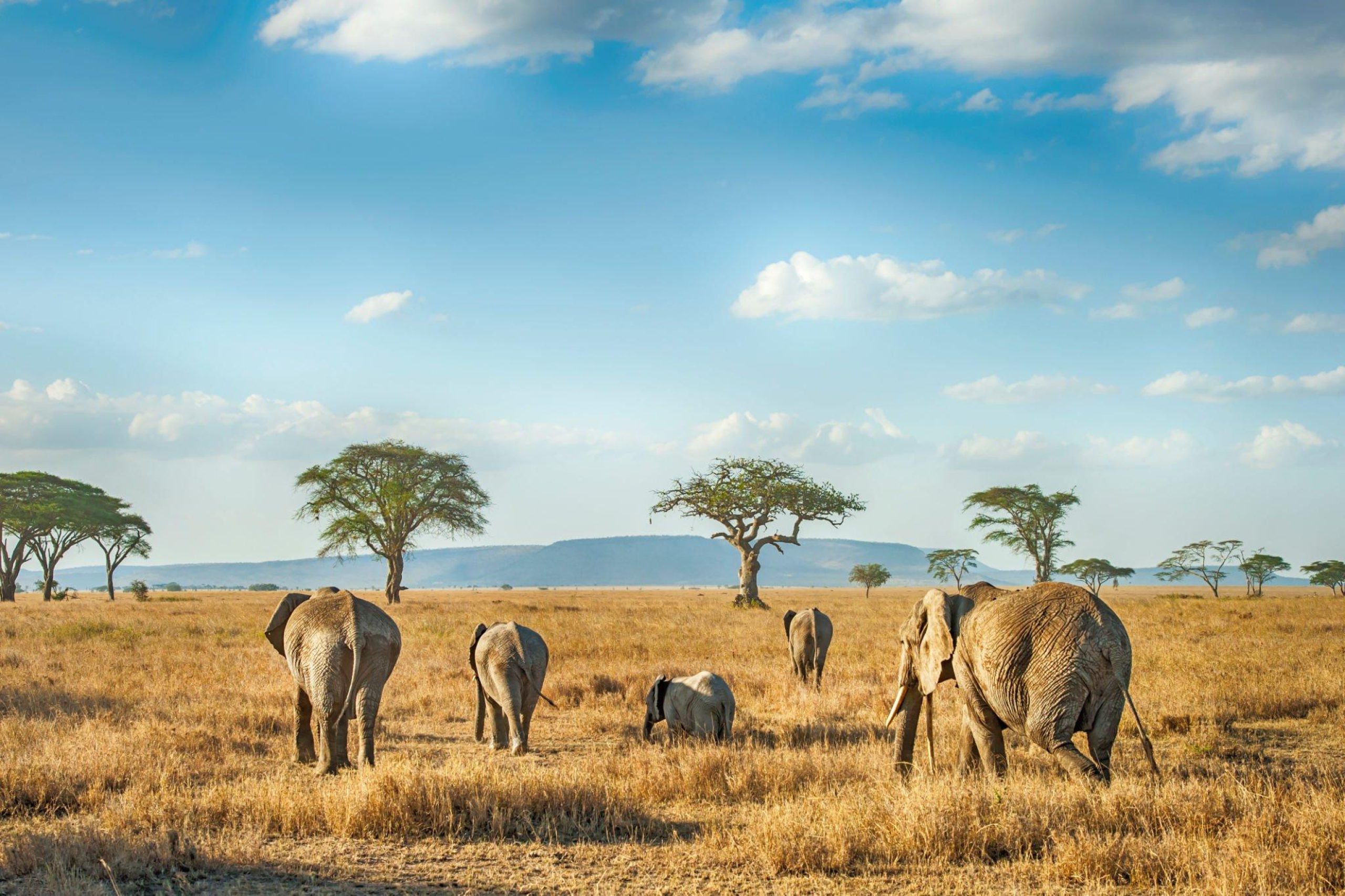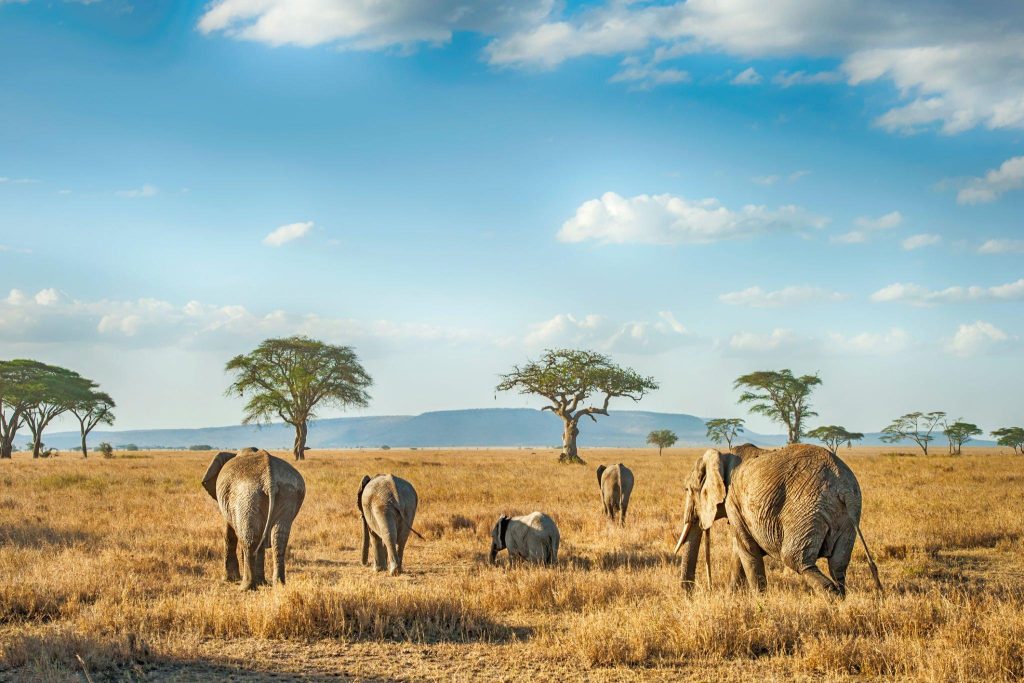
Tanzania, a captivating East African nation, has earned its reputation as a destination of unparalleled fame. This enchanting country boasts a mosaic of cultural heritage, breathtaking landscapes, and remarkable wildlife that have captured the hearts of adventurers, travelers, and explorers from across the globe.
This article delves into the multifaceted elements that have earned Tanzania its well-deserved reputation, providing a glimpse into its distinctive traditions, awe-inspiring natural wonders, and vibrant culture. If you’re interested in exploring more about the historic colonial sites in this captivating country, don’t miss our article on “Historic Colonial Sites” for further insights.
Join us on a journey to uncover the reasons why Tanzania is not only a renowned safari destination but a land of enriching experiences that leave an indelible mark on every visitor. Whether you seek captivating wildlife encounters, cultural immersion, or simply the beauty of the world’s wonders, Tanzania beckons with its irresistible charm and global acclaim.
Contents
- 1 Tanzania is the Largest Country in East Africa
- 2 Tanzanians Speak Swahili
- 3 Tanzania Currency
- 4 Is a Holiday to Tanzania Affordable
- 5 Etiquette for Tourists in Tanzania
- 6 Tanzania Culture
- 7 The Maasai Tribe
- 8 Tanzania is Home to the Tallest Mountain in Africa
- 9 The World’s Largest Mammal Migration Takes Place in Tanzania
- 10 Ngorongoro Crater: A Wildlife Haven
- 11 The Largest Concentration of Baboons
- 12 Zanzibar Beaches: Paradise on Earth
- 13 Lake Tanganyika: An Inland Sea of Wonders
- 14 Tanzanian Cuisine: A Gastronomic Adventure
- 15 Lake Manyara National Park: Home of Tree-Climbing Lions
- 16 Conclusion:
Tanzania is the Largest Country in East Africa
Tanzania proudly claims the title of the largest country in East Africa, encompassing a staggering landmass of 947,303 square kilometers. This vast expanse stretches from the shimmering Indian Ocean coastline to the heart of the African continent, showcasing a remarkable diversity of landscapes and ecosystems.
From the renowned Mount Kilimanjaro, which stands as Africa’s tallest peak, to the expansive Serengeti plains, Tanzania’s vast expanse provides a sanctuary for an astonishing array of ecosystems and wildlife. Speaking of remarkable connections, did you know that actor Jason Sudeikis has an intriguing Lithuanian connection? Explore this fascinating aspect of Lithuania’s heritage on the Tales of Travelers page titled “Jason Sudeikis Lithuanian Connection.”
This expansive nation shares borders with eight countries, including Kenya, Uganda, and the Democratic Republic of Congo. The sheer magnitude of its territory not only grants Tanzania a wealth of geographic treasures but also offers travelers an unparalleled range of experiences.
From the vibrant cultures of its numerous ethnic groups to the abundant opportunities for wildlife safaris, Tanzania’s status as the largest country in East Africa is not only a matter of geography but a testament to the richness and diversity that it offers to those fortunate enough to explore its depths.
Tanzanians Speak Swahili
Swahili, a vibrant and melodic language, is the cultural thread that weaves through the diverse tapestry of Tanzania. Spoken by millions of Tanzanians, Swahili transcends ethnic boundaries and serves as a unifying force.
This Bantu-origin language has been enriched by centuries of trade, contact, and influence, incorporating elements from Arabic, Persian, Portuguese, and other languages.
Swahili’s importance extends beyond communication; it’s a reflection of Tanzanian identity. From bustling markets to tranquil villages, the rhythmic cadence of Swahili dialogues resonates, fostering connections between locals and visitors alike. Much like how the language of Swahili ties Tanzanian culture together, Maine’s natural beauty serves as an integral part of its own local identity, attracting both residents and tourists.
For travelers, a few Swahili phrases open doors to authentic interactions and genuine appreciation of local customs. Moreover, the language provides a key to unlocking the nation’s rich history and stories, as Swahili is used in songs, poetry, and oral traditions.
Tanzania Currency

The Tanzanian Shilling (TZS) stands as the official currency of Tanzania, playing a pivotal role in the nation’s economic landscape. Symbolized by the “TSh” abbreviation, this currency embodies Tanzania’s financial independence and stability. With its roots tracing back to the nation’s early post-colonial era, the Tanzanian Shilling has evolved into a robust and reliable medium of exchange.
The currency is denominated in notes and coins, with various denominations catering to different transactional needs. Banknotes bear the images of prominent Tanzanian figures and symbols that reflect the nation’s heritage and progress. The coins, on the other hand, come in a range of sizes and values, making them suitable for everyday purchases.
Is a Holiday to Tanzania Affordable
The allure of Tanzania’s stunning landscapes and captivating wildlife might lead you to wonder about the affordability of a journey to this East African gem. The answer, fortunately, is that Tanzania caters to a wide spectrum of budgets, making it an accessible destination for various types of travelers.
For those seeking luxury, Tanzania offers upscale accommodations and exclusive safari experiences that provide unparalleled comfort and service. On the other hand, budget-conscious travelers can find cost-effective lodging options, affordable local transportation, and exciting activities that don’t break the bank.
Etiquette for Tourists in Tanzania
When visiting Tanzania, embracing local customs and demonstrating cultural sensitivity is paramount to fostering positive interactions and showing respect for the nation’s traditions. Here are a few key points to keep in mind:
Greeting with a Smile:
Tanzanians value warm greetings. A smile and a simple “Jambo” (hello) or “Habari” (how are you) go a long way in initiating conversations.
Respecting Dress Codes:
Dress modestly, especially when visiting rural areas or religious sites. Avoid wearing revealing clothing to ensure cultural appropriateness.
Using Right Hand for Gestures:
The right hand is considered more respectful than the left for handshakes, giving and receiving items, and even when pointing.
Shoes Off Indoors:
It’s customary to remove shoes before entering someone’s home or a place of worship. This signifies respect for the space.
Tanzania Culture

“Tanzania’s culture is a vibrant and intricate tapestry woven from the threads of over 120 ethnic groups. Each group contributes its unique customs, languages, music, dance, and art, creating a kaleidoscope of traditions that reflect the nation’s rich history and heritage. From the Swahili coast to the Maasai plains, Tanzania’s cultural landscape is a testament to the harmonious coexistence of various communities.
The nation’s festivals and ceremonies are a window into this diverse culture. The colorful “Makonde” carvings, “Kitenge” fabrics, and intricate beadwork are not only expressions of creativity but also reflections of individual identities. Traditional dances like “Ngoma” tell stories of ancient rituals and celebrations, connecting the past with the present.
For a fascinating exploration of cultural diversity, you can also discover Chicago’s rich cultural scene on the Tales of Travelers’ page about What Is Illinois Known For?”
The Maasai Tribe
The Maasai tribe, one of East Africa’s most iconic indigenous communities, occupies a unique place in Tanzania’s cultural tapestry. With their distinctive customs, vibrant attire, and age-old pastoral lifestyle, the Maasai are a testament to the enduring spirit of tradition.
Nestled amidst the breathtaking landscapes of Tanzania, this tribe is known for their intricate beadwork, intricate ceremonies, and deep connection to the land.
The Maasai’s striking visual identity is defined by their colorful shukas (blankets) and elaborate jewelry, often crafted with beads of vivid hues. Beyond their aesthetic allure, the tribe’s customs and rituals hold deep cultural significance. Visitors who venture into Maasai villages are welcomed with open arms, gaining insights into their traditional way of life, communal values, and beliefs.
Tanzania is Home to the Tallest Mountain in Africa
Tanzania proudly holds the distinction of being home to Mount Kilimanjaro, the tallest mountain on the African continent. This iconic peak, with its majestic snow-capped summit, stands at an impressive elevation of 5,895 meters (19,341 feet) above sea level.
Mount Kilimanjaro’s allure lies not only in its impressive height but also in the diversity of its ecosystems as climbers ascend through various climate zones.
This dormant stratovolcano, located near Tanzania’s northern border, attracts adventurers and trekkers from around the world. The journey to the summit offers a profound sense of achievement and rewards climbers with awe-inspiring panoramic views that stretch across the vast plains below.
Whether you’re an experienced mountaineer or a first-time climber, tackling Kilimanjaro’s slopes presents a unique challenge and a chance to witness the stunning beauty of Tanzania from its highest point.
The World’s Largest Mammal Migration Takes Place in Tanzania
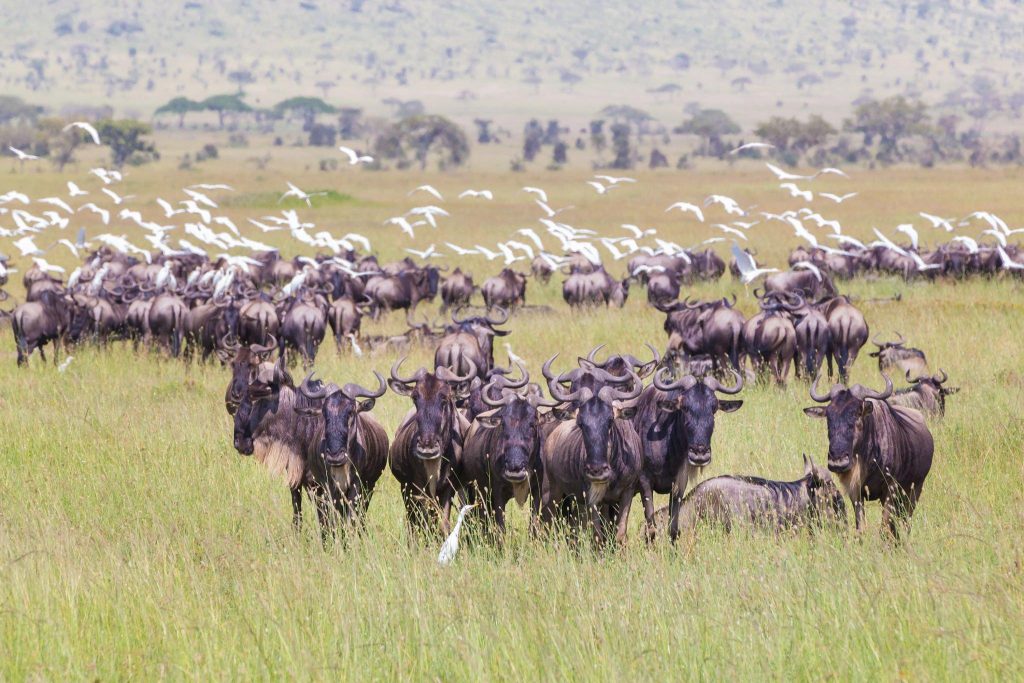
Tanzania is renowned for hosting one of nature’s most captivating spectacles: the world’s largest mammal migration. Every year, millions of wildebeests, zebras, and gazelles undertake an extraordinary journey known as the Great Migration. This incredible event stands as a testament to the raw power of instinct and survival. If you’re interested in other natural wonders and unique phenomena from around the world, you might also want to explore the mesmerizing beauty of Amber jewelry in Lithuania, another remarkable aspect of our diverse planet.
Spanning the vast plains of the Serengeti, the Great Migration is a cyclical phenomenon driven by the search for greener pastures and water sources. The journey covers over 1,800 miles as the herds traverse through challenging terrains and natural obstacles, defying predators and elements alike.
Ngorongoro Crater: A Wildlife Haven
Nestled in the heart of Tanzania, the Ngorongoro Crater stands as a true testament to the marvels of nature. This ancient volcanic caldera, often referred to as the “Eighth Wonder of the World,” is a wildlife haven unlike any other. With its stunning landscapes and abundant wildlife, the Ngorongoro Crater offers an unparalleled safari experience.
Spanning over 260 square kilometers, the crater’s lush grasslands, freshwater lakes, and acacia forests provide a rich ecosystem that sustains a diverse range of species.
Visitors have the opportunity to witness the “Big Five” – lions, elephants, buffaloes, leopards, and rhinoceros – as well as a host of other animals, including cheetahs, hyenas, and various antelope species.
The Largest Concentration of Baboons
Nestled within the heart of Tanzania, Lake Manyara National Park is renowned for more than just its picturesque landscapes and diverse wildlife. One of its most captivating features is the incredible concentration of baboons that call the park home. These social and intelligent primates thrive in the lush surroundings of the park, creating a unique spectacle for visitors.
Lake Manyara National Park’s baboon population is not only substantial but also highly visible, making it a prime destination for wildlife enthusiasts and photographers. Travelers can witness these fascinating creatures in their natural habitat, observing their intricate social interactions and playful antics.
If you’re looking for more unique wildlife experiences, consider exploring The Utah Experience, known for its stunning landscapes and diverse ecosystems. Discover what Utah is known for and immerse yourself in its natural wonders.
Zanzibar Beaches: Paradise on Earth
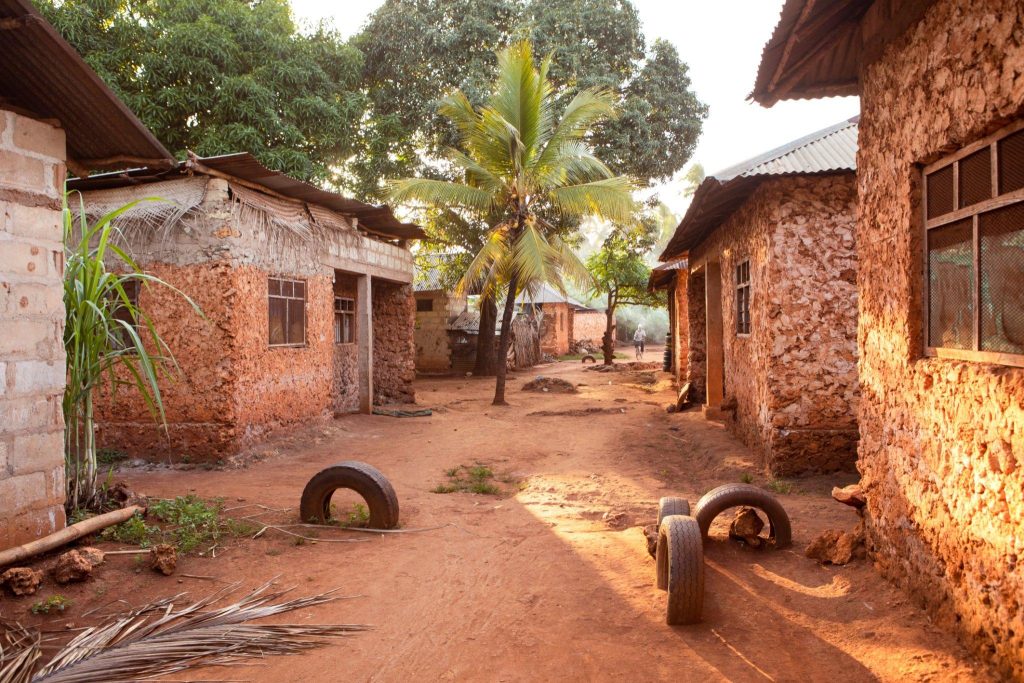
Nestled off the Tanzanian coast, the idyllic island of Zanzibar is synonymous with pristine beaches and turquoise waters that redefine paradise. With its palm-fringed shores and powdery white sands, Zanzibar is a tropical haven that beckons travelers seeking tranquility and natural beauty.
The island’s beaches offer a variety of experiences. Nungwi Beach, on the northern tip, is famous for its vibrant nightlife and water sports. Kendwa Beach, adjacent to Nungwi, boasts mesmerizing sunsets and a laid-back atmosphere. On the eastern side, Paje Beach welcomes kite surfers and water sports enthusiasts with its consistent breezes and clear waters.
Lake Tanganyika: An Inland Sea of Wonders
Nestled within the heart of East Africa, Lake Tanganyika stands as a true marvel of nature. This vast freshwater expanse, renowned for its sheer size and astonishing depth, is the second-deepest lake on the planet. With its crystal-clear waters extending over 400 miles in length, it creates a tranquil oasis amidst the surrounding landscapes.
Lake Tanganyika is not only a sight to behold; it’s also a biodiversity hotspot. Its waters are teeming with a myriad of unique aquatic species found nowhere else on Earth.
From colorful cichlid fish that paint the waters with their vibrant hues to elusive aquatic creatures that have yet to be fully understood, the lake offers a window into an underwater world of wonder.
Tanzanian Cuisine: A Gastronomic Adventure
Tanzanian cuisine is a vibrant tapestry of flavors and influences, reflecting the nation’s diverse cultural heritage and abundant natural resources. From aromatic spices to hearty staples, the country’s gastronomy offers a true culinary adventure for those eager to explore.
At the heart of Tanzanian dining is “Ugali,” a staple made from maize flour that accompanies many meals. It’s the perfect canvas for savoring various stews and sauces, such as “Nyama Choma” (grilled meat) or “Sukuma Wiki” (collard greens). The coastal regions introduce a delightful infusion of Indian and Arabian spices, seen in dishes like “Pilau” (spiced rice) and “Zanzibar Mix,” a medley of deep-fried treats.
Lake Manyara National Park: Home of Tree-Climbing Lions
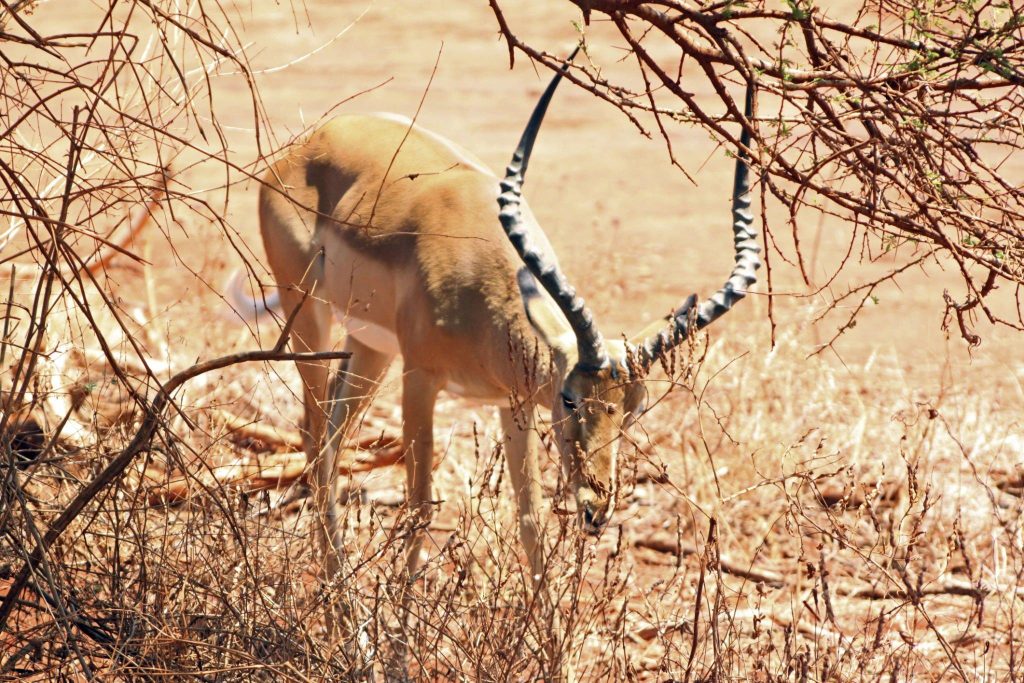
Nestled within the stunning landscapes of Tanzania, Lake Manyara National Park is a haven of unique wildlife encounters and natural beauty. What sets this park apart is its intriguing population of tree-climbing lions. In an extraordinary display of adaptation, these majestic predators have defied traditional behavior by taking to the branches.
The park’s lush surroundings, dominated by the shimmering waters of Lake Manyara, provide an ideal habitat for a diverse array of wildlife. Amidst the ancient mahogany trees and acacia woodlands, lions have found an unexpected refuge in the treetops.
This phenomenon is attributed to various factors, including the lions’ desire to escape the heat, avoid insect pests, and potentially gain an advantageous vantage point for spotting prey.
Conclusion:
Tanzania stands as a renowned global destination, celebrated for its captivating blend of cultural diversity, breathtaking landscapes, and unparalleled wildlife experiences. From the towering heights of Mount Kilimanjaro to the tranquil shores of Zanzibar’s pristine beaches, this East African nation offers a multifaceted journey that resonates with every traveler.
Its rich tapestry of traditions and ethnic groups, including the iconic Maasai tribe, paints a vivid picture of its vibrant culture. If you’re interested in exploring diverse cultures and traditions, you might also want to learn about the Famous Aspects of Oklahoma. The world’s largest mammal migration in the Serengeti and the wildlife haven of Ngorongoro Crater provide awe-inspiring encounters with nature.
Moreover, the delectable Tanzanian cuisine and the unique spectacle of tree-climbing lions in Lake Manyara National Park add to the allure. With its indelible mark on safaris, cultural exploration, and natural wonders, Tanzania’s fame remains unwavering, forever etching its place in the hearts of those who embark on its remarkable journey.

